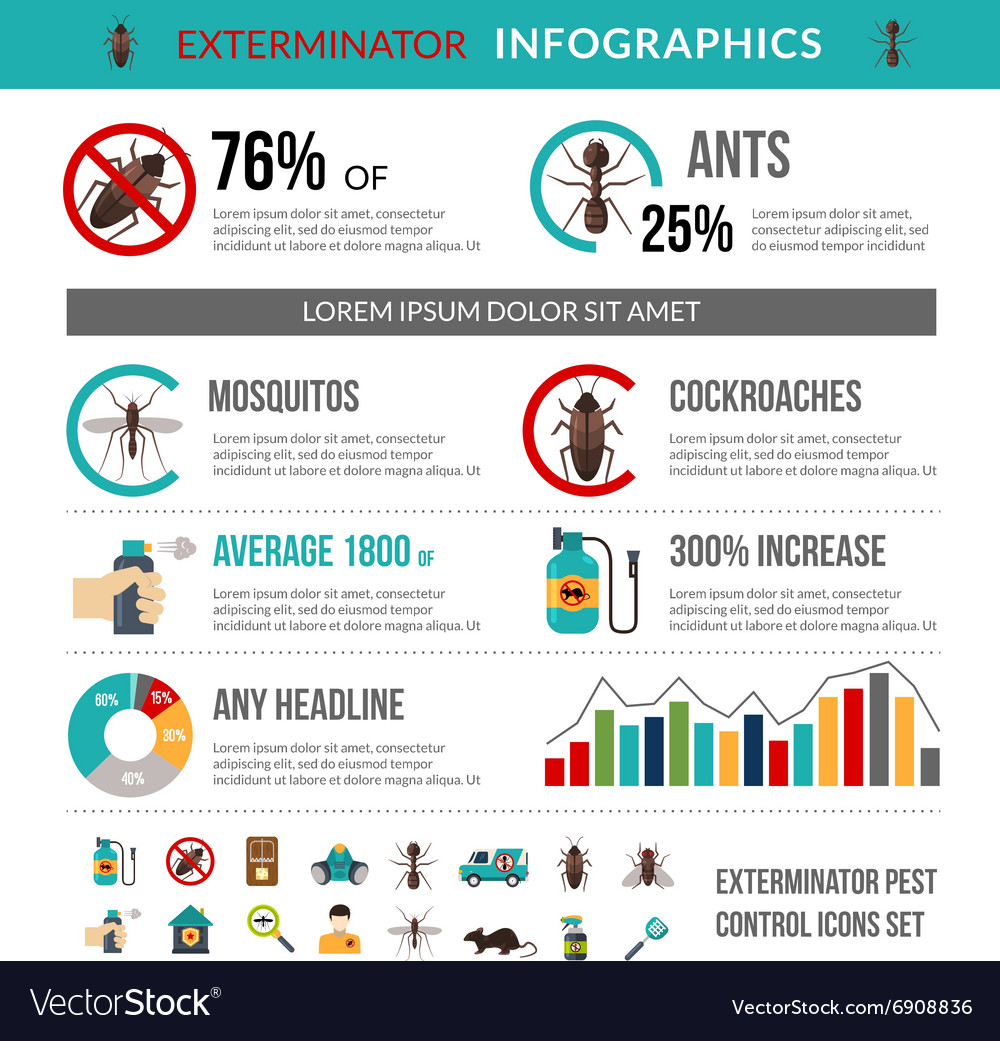Insights From Insect Professionals On Exactly How To Successfully Determine Bed Insects: The Ultimate Handbook
Insights From Insect Professionals On Exactly How To Successfully Determine Bed Insects: The Ultimate Handbook
Blog Article
Write-Up Writer-Rossen Byrd
Visualize awakening one early morning feeling itchy all over, just to find small red bite marks on your limbs. You worry, wondering what might have caused this discomfort, when all of a sudden an idea crosses your mind: bed bugs.
These elusive bugs are like silent ninjas, sneaking right into your home and creating chaos while you rest. But anxiety not, for in this complete overview, we will unwind the tricks of identifying these blood-sucking animals, with valuable understandings from parasite experts that have battled them firsthand.
Prepare yourself to uncover the surprise globe of bed insects and gain the knowledge you require to safeguard your home and your sanity.
Look and Habits
To determine bed bugs, it's important to be knowledgeable about their distinctive appearance and behavior. Bed insects are tiny, oval-shaped bugs that are about the size of an apple seed. They've level bodies, which permit them to hide in cracks and crevices during the day. Their color can vary from a translucent yellowish-white to a reddish-brown, relying on whether they've lately fed.
Bed bugs are nighttime creatures, indicating they're most active in the evening when they come out to feed upon human blood. They're drawn in to the warmth and co2 discharged by their resting targets. If you get up with itchy, red attacks in rows or clusters, it may suggest a bed pest infestation.
Common Concealing Places
Bed pests can be discovered concealing in numerous places throughout your home. These tricky parasites are specialists at finding inconspicuous places to nest and replicate.
One common hiding area for bed bugs is your bed mattress. They'll burrow right into the joints, holes, and folds, making it difficult to detect them with the naked eye.
Read the Full Report known to conceal in fractures and crevices of furnishings, such as couches and chairs. Keep an eye out for them in the seams, cushions, and also behind loosened wallpaper or peeling paint.
cheap exterminator can additionally hide in electric outlets, behind walls, and in the spaces in between floorboards. Remember, these pests are outstanding at concealing, so it's essential to completely examine these areas if you believe an invasion.
Signs of Infestation
If you think a bed bug problem, there are numerous indications to keep an eye out for. Among one of the most common indicators is getting up with scratchy, red attacks on your skin. These bites usually show up in collections or rows and are usually discovered on exposed areas such as the face, neck, arms, and legs.
One more indication is the presence of little blood stains on your sheets or pillow cases, which happen when you unintentionally squash a bed pest while sleeping. You could likewise discover dark, rust-colored places on your mattress or furnishings, which are bed bug waste matter.
In addition, bed insects leave behind their molted skins as they expand, so discovering these transparent shells or little white eggs can indicate a problem. If you discover any one of these indications, it's important to take prompt activity to eliminate the bed insects from your home.
Conclusion
Congratulations! You're now a bed bug expert, geared up with the expertise to detect these small terrors. Armed with their sly hiding areas and telltale signs of invasion, you can relax very easy recognizing that you can outmaneuver these bloodsucking parasites.
So leave and overcome the fight versus bed pests, leaving no cushion unturned and no bite undetected.
Rest tight, knowing you're the best bed pest investigator!
